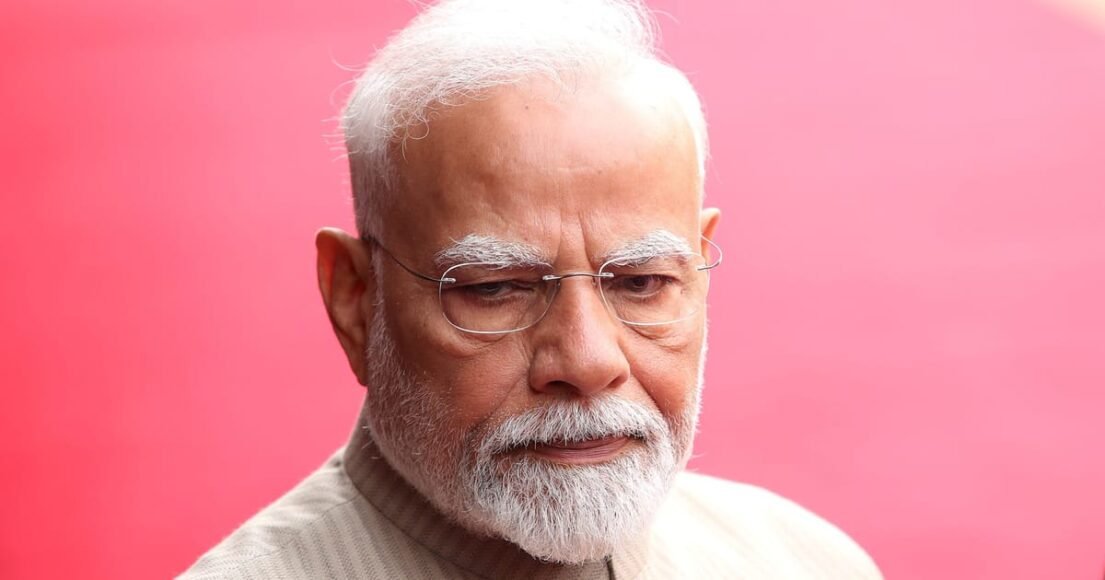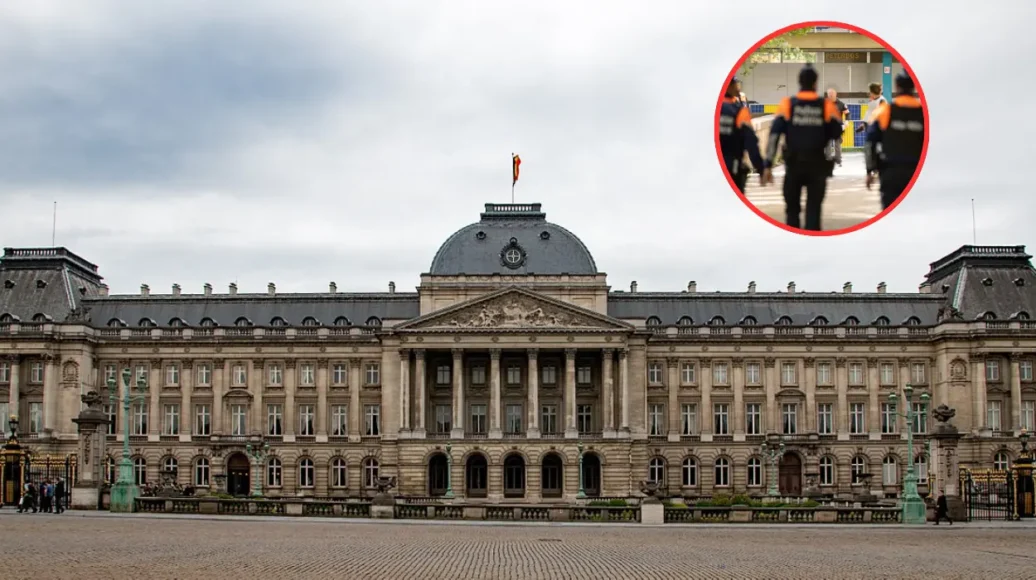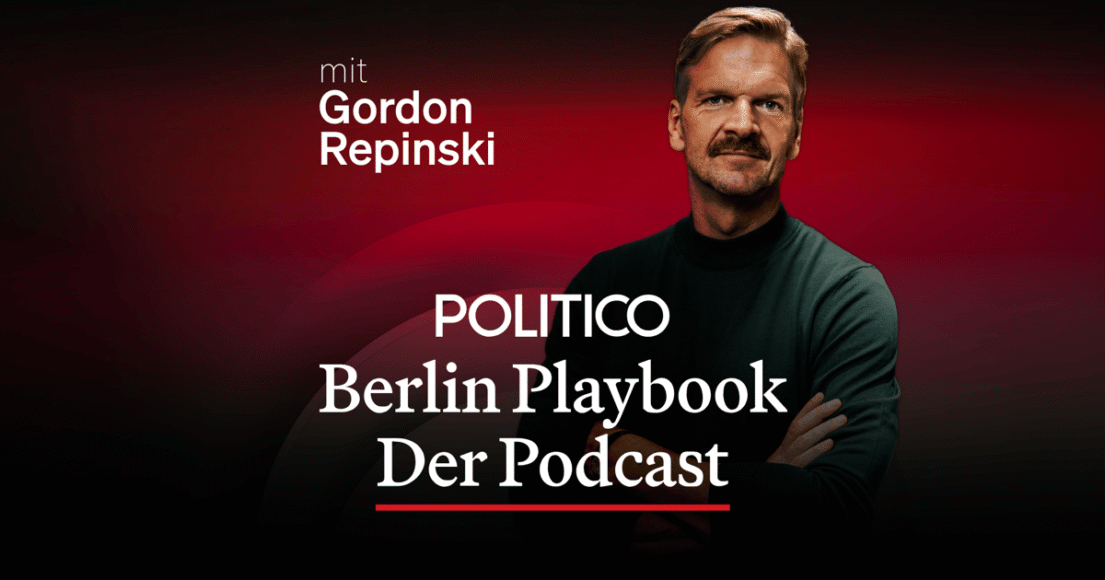
The United States faces a looming financial crisis, with an official debt ceiling breach occurring on January 20, 2025. The U.S. national debt, which has surged past $30 trillion, continues to grow at an unsustainable pace. While it may seem that the government can simply print more money, legal and economic constraints prevent that—especially after January 20, when it hit its statutory debt limit. This financial reality is at the root of many geopolitical shifts: former allies becoming adversaries, new trade wars with neighbors like Canada and Mexico, and the widespread instability across global markets.
Currently, the U.S. government collects around $4 trillion annually in tax revenues, while its debt obligations exceed $30 trillion. Servicing this debt becomes increasingly difficult as interest rates rise. For every 1% increase in interest, the U.S. must pay roughly $1 trillion more in debt servicing costs. In effect, the government is borrowing more money just to pay off existing debt—a cycle that perpetuates continuously.
The situation became critical when the U.S. officially breached its $36.2 trillion debt limit on January 20, 2025. Since then, the government has been unable to issue new debt to meet existing obligations without Congressional approval to raise the ceiling. As a result, the U.S. risks defaulting on its commitments, which could deter investors and destabilize global financial systems.
The U.S. currently spends approximately $6 trillion annually, a full $2 trillion more than it earns. Nearly half that deficit—$1 trillion—is just interest payments on existing debt, worsened by refinancing at interest rates above 4.5%. This level of fiscal imbalance makes the U.S. a riskier borrower, even as global economies remain tied to U.S. Treasury securities as part of their foreign reserves. China, the largest foreign holder of U.S. debt, along with other nations, has a vested interest in preventing a U.S. default, as it would devalue their holdings and threaten the dollar’s role as the world’s reserve currency.
Against this backdrop, Donald Trump was inaugurated as President on January 20, 2025, and now confronts this daunting economic challenge. Recognizing that a spiraling national debt could freeze investor confidence, Trump is focused on three strategies: lowering interest rates, reducing government spending, and increasing federal revenue.
Lowering interest rates would ease debt servicing costs, but achieving that requires cooperation from the Federal Reserve (Fed), which operates independently from the presidency. The Fed adjusts rates based on economic indicators like inflation. When inflation is high, the Fed raises rates to cool the economy; when the economy slows or enters recession, it lowers rates to stimulate growth. Trump, however, is attempting to influence economic conditions through trade wars and tariffs that could push the economy into a slowdown, potentially prompting the Fed to cut rates.
Reducing government spending is a politically challenging path, leaving Trump to pursue the third option—increasing revenue. His administration is aiming to reduce the trade deficit by imposing tariffs on imports and giving domestic industries a competitive edge. The U.S. currently imports about $4 trillion in goods and exports around $3 trillion, a $1 trillion trade deficit. To tackle this, Trump has imposed significant tariffs on imports from major trading partners such as China, Canada, Mexico, Japan, and Germany. The rationale is to force companies producing abroad to either face higher costs or relocate to the U.S.
This strategy appears to be having some success, as several international companies have announced relocation plans to the U.S., including Nvidia, Honda, LVMH, Stellantis, Volkswagen, Volvo, Pfizer, Samsung Electronics, and LG Electronics, among others.
Nonetheless, many tariffs remain in place, especially on countries including EU member states, the UK, Ireland, BRICS nations (with the exception of Russia), and much of Asia. While some tariffs on key partners like China, Canada, and Mexico have been temporarily suspended, most remain intact, reflecting the administration’s ongoing push for trade realignment.
Conclusion
The twin challenges of a ballooning national debt and an aggressive protectionist trade stance have defined the economic landscape of the U.S. in 2025. While tariffs might provide short-term revenue boosts and encourage domestic manufacturing, they carry risks including higher consumer prices and strained diplomatic ties. Ultimately, if Trump’s fiscal strategy is to succeed, a careful balance must be struck between economic nationalism and maintaining global financial confidence.
Comments
3 responses to “U.S. National Debt and the Impact of Trump’s Tariffs”
-
Oh, brilliant! Nothing screams stability quite like a $30 trillion debt and a president throwing tariffs around like confetti at Oktoberfest. 🍻 Let’s just hope the investors enjoy a good game of financial musical chairs!
-
Isn’t it charming how the U.S. has decided to juggle a $36 trillion debt while throwing tariffs around like confetti? 🥳 Who knew that fiscal responsibility could be so entertaining? Maybe someone should send them an overdue bill for that little stunt. 🤷♂️💸
-
Isn’t it charming how the U.S. is on a first-name basis with $36 trillion in debt while trying to win at the economic game with tariffs? 🤷♂️ Must be nice to live in a world where printing money is just a casual Friday activity! 💸
Last News

Brussels NMBS Infrabel Launch 99-Year SubJonction Project
Brussels (Brussels Morning Newspaper) – Brussels, Infrabel, and NMBS will turn the space under Brussels-Chapelle station into SubJonction, a cultural hub with a hall, restaurant, and outdoor area. Works may start in 2028.
As VRT News reported, Brussels will change the space under the Brussels-Chapelle train station into a new cultural place. This area is between Sint-Brigittenstraat and Ursuline

Union: Limiting subsidies could discourage farmers from environmental stewardship

Modi to Visit UK Next Week for India Trade Deal Signing
Modi plans a “flying visit to sign the FTA so the ratification process can begin,” one source stated. Starmer had conside

Brussels to Consolidate 6 Police Zones by 2027, Backed by Quintin
Brussels (Eurotoday) – Brussels will merge its 6 police zones into one by 2027, spending €55 million. Minister Bernard Quintin says this will improve safety, speed, and trust citywide.
AS VRT News reported, after many years of talks and delays, the government has agreed to join all 6 police zones in Brussels into one. Officials mentioned that before, each zone had its boss, rules, and budget. Th

Budget PAC: French Agriculture Minister Criticizes Commission’s Proposal
Highlighting the challenges posed by climate change to ensure “food producti

Aktualisierung zur Merz-Pressekonferenz
Rixa Fürsen and Gordon Repinski analyze the undertones and why Merz declares Merkel’s famous phras

ON6ZT Radio Club Revives Zottegem Station with NMBS and Mayor
Zottegem (Brussels Morning Newspaper) – Local Radio club ON6ZT has moved into Zottegem’s old train station after years of vacancy. With NMBS and Mayor Evelien De Both’s support, the club now meets 3 times a week.
As VRT News reported, the old train station in Zottegem, in the province of East Flanders, Belgium, has a new use. Local radio club ON6ZT has moved in. The building was empty for many y

German Finance Minister: Numerous items in the EU budget are unacceptable
The German government ai

Belgian Supermarkets Permitted Extended Hours

Iranians Highlight the Third Option: "No to Appeasement, No to War – Yes to Regime Change by the People and Their Organized Resistance"
Although cease fire in the Middle East is preserved, the escalations between Iran and Europe about Iran’s nuclear program and the activation of snapback mechanism is reaching a new turning point. With this regard, on Wednesday July 16 Hundreds of Iranians and supporters of the National Council of Resistance of Iran (NCRI), gathered at Place du Luxembourg in Brussels to denounce the Iranian regim



Leave a Reply